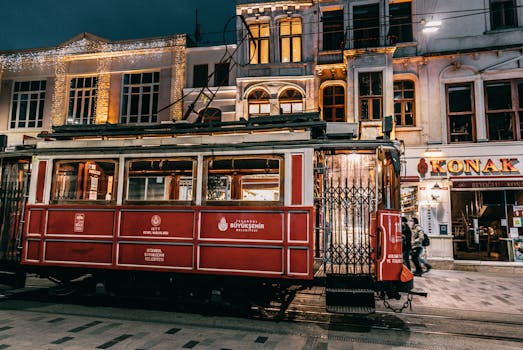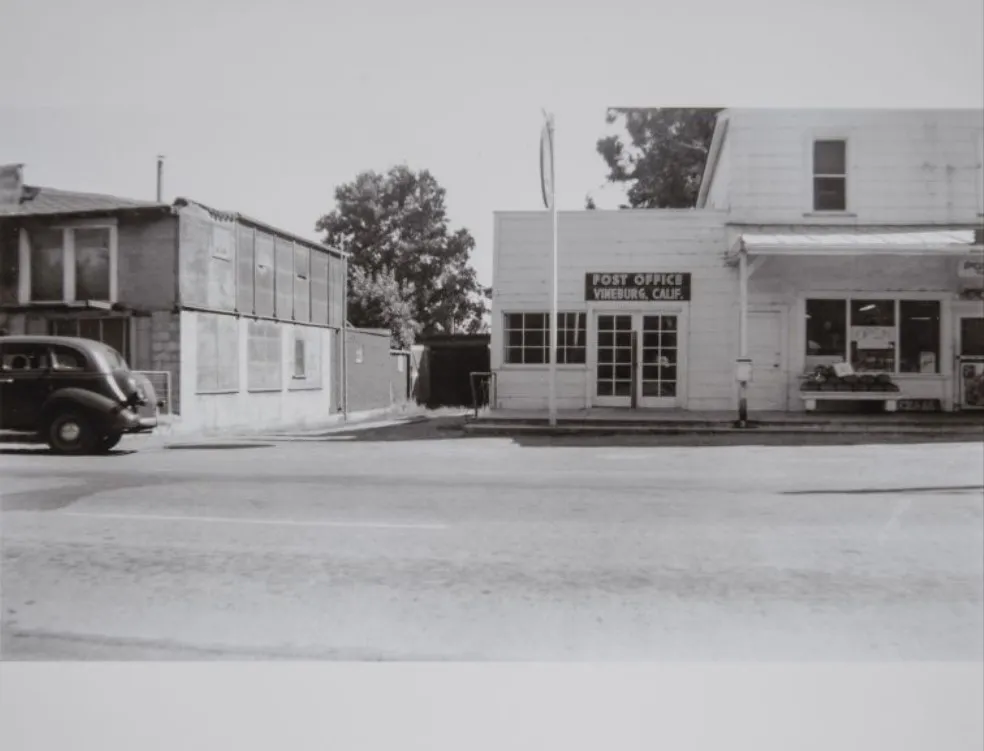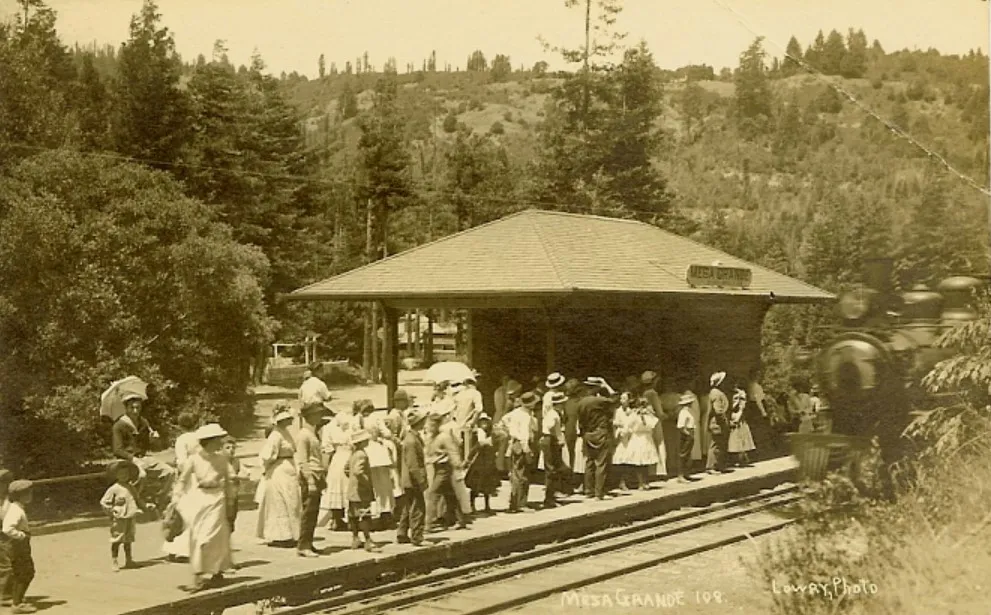Table of Contents
The Enchanting Tale of Cloverdale, CA: A Journey Through Time
Introduction
Embark on a historical journey through Cloverdale, California, a town deeply rooted in the past yet thriving in the present. Discover the rich tapestry of its history, shaped by pioneers, visionaries, and the hardworking people whose lives are interwoven with the land.
The Early Beginnings
Cloverdale, nestled in the northernmost part of Sonoma County, traces its origins back to the indigenous Pomo people who made this area their home for centuries. They thrived on the land's bounty, with the Russian River providing a lifeline for their fishing, hunting, and gathering activities.
The Arrival of European Settlers
The mid-1800s brought a significant shift in Cloverdale's landscape with the arrival of European settlers. The California Gold Rush of 1849 triggered a massive influx of people, transforming the quiet Pomo settlement into a bustling hub of activity. Yet, Cloverdale's true gold lay in its fertile soil, ripe for agriculture.
Cloverdale's Official Founding
In 1856, entrepreneurs R.B. Markle and W.J. Miller officially founded Cloverdale. They recognized the potential of the fertile land, purchased a large tract, laid out a town, and named it Cloverdale after the lush fields of clover that blanketed the area. The name was a nod to the town's agricultural roots and a promise of prosperity.
Cloverdale and the Railroad Era
The arrival of the San Francisco and North Pacific Railroad in 1872 marked another pivotal chapter in Cloverdale's history. The railroad linked Cloverdale to the bustling cities of San Francisco and Eureka, opening up new avenues for trade and commerce. Cloverdale's population surged, and the town quickly became a vital hub for transporting goods, particularly timber and agricultural products.
Resilience Through Time
Cloverdale weathered the ebbs and flows of time, growing and evolving through significant historical events like the Great Depression and World War II. Each event left its mark on the community, shaping its identity.
The Wine Industry Transformation
The 1970s brought another transformation to Cloverdale, this time fueled by the burgeoning wine industry. The fertile soil once used for growing clover was now being used to cultivate grapes. Vineyards began to dot the landscape, and Cloverdale quickly gained a reputation as a premier wine-growing region.
Modern-Day Cloverdale
Today, Cloverdale is a charming town that seamlessly blends its rich history with modern amenities. You can stroll down the historic downtown with its beautifully preserved 19th-century buildings, enjoy a glass of world-class wine at a local winery, explore the Cloverdale Historical Society and Museum, or indulge in a farm-to-table meal at a trendy restaurant.
Conclusion: The Resilient Spirit of Cloverdale
The story of Cloverdale is a testament to the resilience and adaptability of its people. It's a tale of a town that has continually reinvented itself, always finding ways to thrive and prosper. Yet, Cloverdale remains a community deeply connected to its roots, a town that cherishes its history while eagerly anticipating the future.
Whether you're a history buff, a wine enthusiast, or just someone looking for a charming place to visit, Cloverdale welcomes you with open arms. Come and experience the enchanting tale of Cloverdale, CA, and let its rich history captivate your heart and imagination.









